All about that gauge
Let’s talk about gauge and how to swatch for gauge.
We’ve all seen it in a pattern and we’ve all ignored it at one time or another.
That dreaded “GAUGE”!
As a full-time designer I can totally appreciate its usefulness, but it took me a while to learn. So hopefully this guide will help you understand why it’s important to obtain an accurate measurement of gauge (whether you are a designer or a maker) and how to measure it accurately!
I have added a video at the end of this post in case you’re more of a visual learner - each subtitle also has the timings that correspond to that topic in the video!
What is gauge - 1:39
Gauge measures how many stitches and rows fit inside a 10x10 cm or 4x4 inches square. I prefer to use cm since they tend to be more accurate, but 10 cm is roughly the same as 4 inches. If you are a maker, then stick to the measurements used in the pattern. If you are a designer, then use the ones that you are the most comfortable with.
Why to swatch - 2:48
Gauge determines how many stitches or rows are necessary to create fabric of a specific measurement (i.e. your bust circumference or your underarm length). If your stitches or rows are bigger or smaller than the ones used to design the garment, then the finished object WILL NOT be the right size.
How big should my swatch be - 4:35
A swatch needs to be BIGGER than 10x10 cm or 4x4 inches. You need to have enough space for the stitches to settle. My rule of thumb is to make a swatch that is AT LEAST 15x15 cm or 6x6 inches when designing a garment and trying to figure out what gauge to use - alternatively, if you are obtaining gauge for a pattern, the you must work 1.5 times the number of rows and stitches in the gauge measurement. For example, if the pattern gauge is 20 sts x 18 rows, then you should swatch MINUMUM 30 sts x 27 rows.
To block or not to block a swatch - 6:33
Blocking relaxes the fibers and lets them settle in the position in which they will be permanently. This means that if you are planning on blocking a garment, then you MUST block your swatch so that both fibers match. Although I could argue that you should block ALL of your knitted and crochet projects, but who am I to judge!
How to measure gauge - 8:44

Once your swatch has been made and blocked, then you want to measure INSIDE the swatch and try to stay away form measuring stitches and rows too close to the edges. Using a square gauge ruler like THIS one is very helpful because it very clearly delineates what your are measuring. Then all that is left if to count the number of stitches and rows that fit in 10 cm or 4 inches!
How to swatch in the round - 9:53
Knitters and crocheters tend to have different tension when working in the round than when working flat. Also, especially in crochet, there are certain stitches that are only obtained by working on the right side of your work, which means that they must be worked in the round. This means that whenever a project is to be worked in the round, then the gauge swatch must also be worked in the round.
You have three alternatives to swatching in the round and getting an accurate measuremnt.
Making a very large swatch so that when it’s folded flat, the side is at least 15 cm or 6 in wide. This is unfortunately, a lot of work!
Making a smaller swatch so that when it’s folded flat the side is at least 7.5 cm or 3 in wide. Then, when measuring gauge, you measure what fits inside a 5x5 cm or 2x2 in square and double that number to get the right gauge. For example, if you can fit 11 sts and 13 rows in 5 cm / 2 in, then your gauge is 22 sts x 26 rows = 10x10 cm / 4x4 in. This is a good way to save yourself some work, but it doesn’t give the most accurate measurement.
You make a swatch that is AT LEAST 15 cm/6 in square by working only on the right side and cutting your yarn at the end of very row. This can sometimes feel wasteful to me, but it’s the best way to work less and to get an accurate measurement.
I hope you enjoyed this post and found it helpful to de-mystify gauge!

